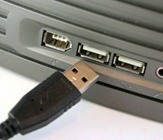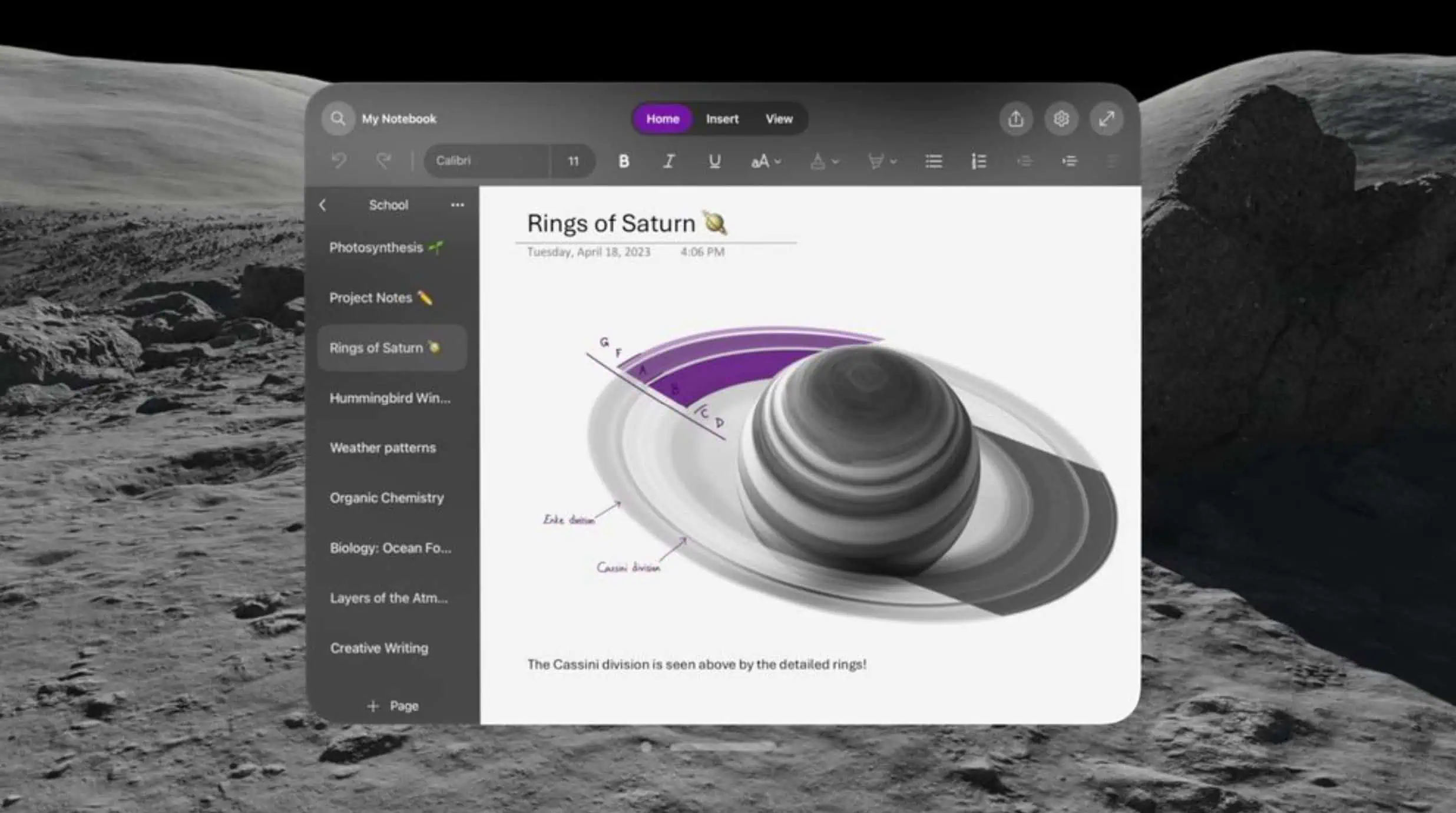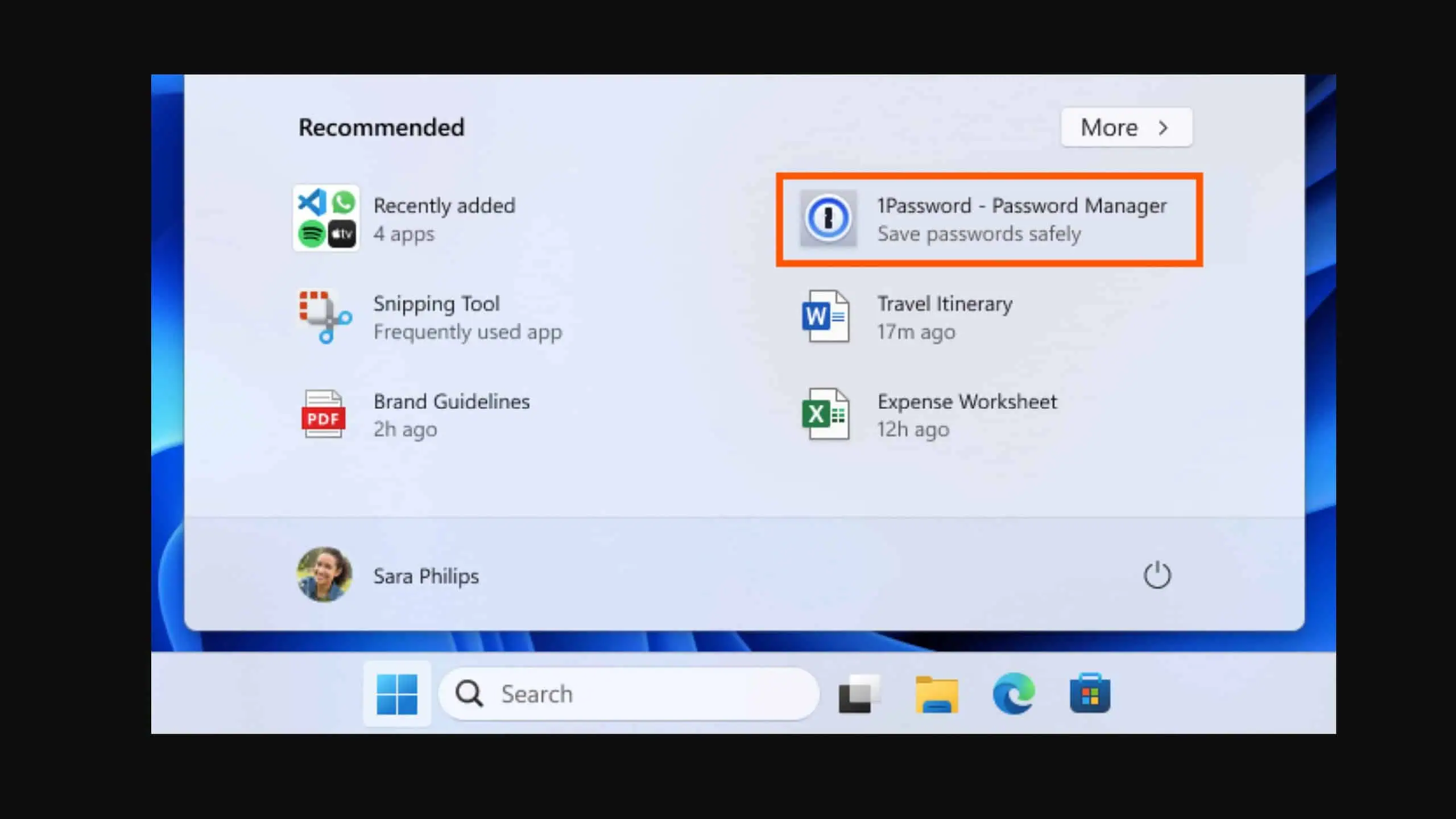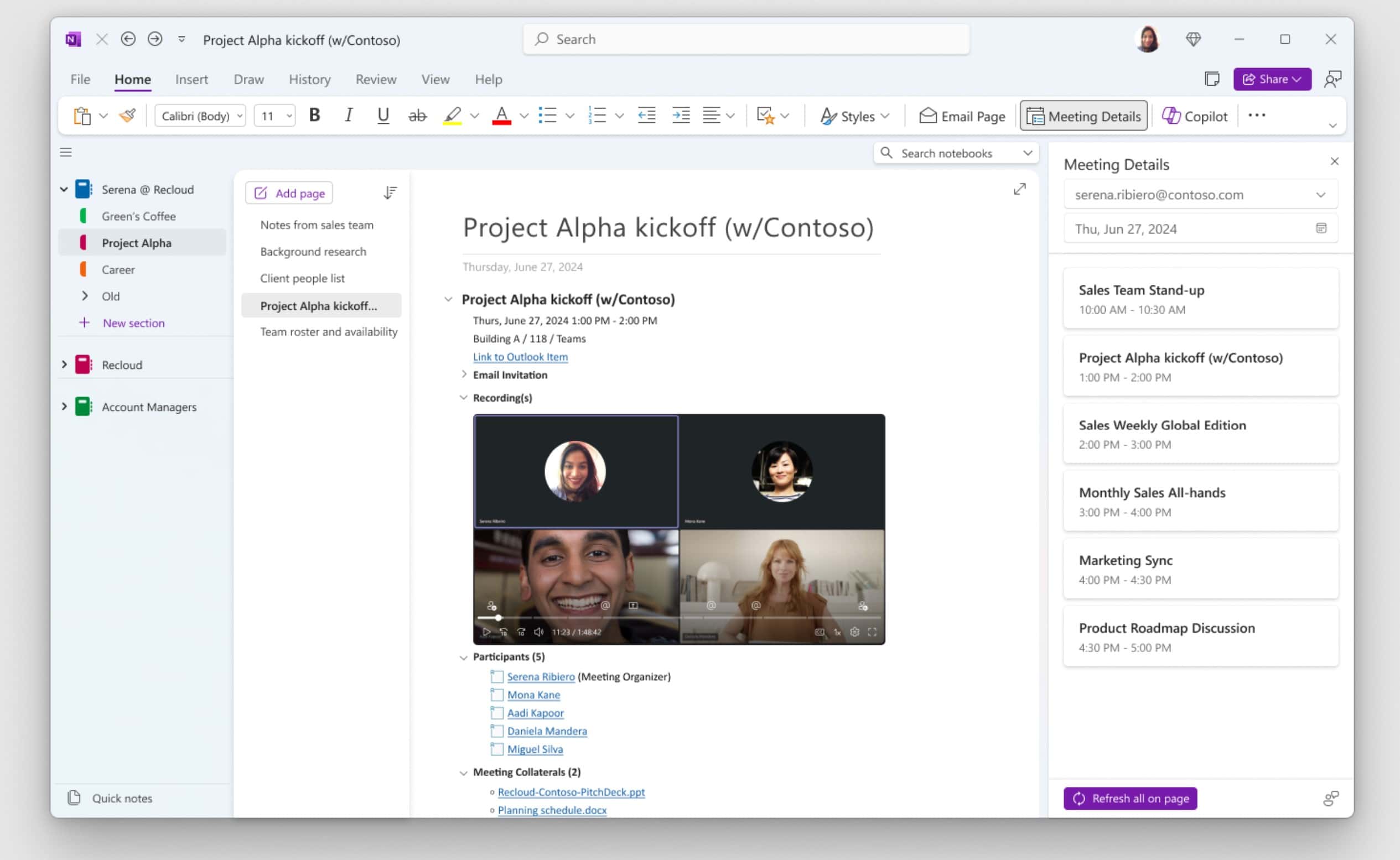Microsoft Research Working On 3-D Audio For Telepresence And Virtual Reality
2 min. read
Published on
Read our disclosure page to find out how can you help MSPoweruser sustain the editorial team Read more

Microsoft Research is working on a system that makes sounds seem to originate from specific points in space. Electronics on the top of the headphones have sensors to track the motion of the wearer’s head. Microsoft Researchers call it a 3-D Audio. Technology Review recently had a chance to experience this technology at Microsoft’s Silicon Valley lab.
I put on a pair of wireless headphones that made nearby objects suddenly burst into life. A voice appeared to emanate from a cardboard model of a portable radio. Higher quality music seemed to come from a fake hi-fi speaker. And a stuffed bird high off the ground produced realistic chirps. As I walked around, the sounds changed so that the illusion never slipped as their position relative to my ears changed.
That somewhat eerie experience was made possible because less than a minute earlier I had sat down in front of a Kinect 3-D sensor and been turned briefly to the left and right. Software built a 3-D model of my head and shoulders and then used that model to calculate a personalized filter that made it possible to fool my auditory senses.
Here is the info about the project from Microsoft,
This research project features two technologies:
- Rendered personalized head-related transfer functions (HRTFs), synthesized using anthropometric data tailored to an individual user’s audio input.
- Creation of an immersive audio experience using headphones and person/head tracking through rendered 3-D audio.
The project generates personalized HRTFs by scanning a person using a Kinect for Windows device, then using a headset to identify a predefined area. It enables the user to interact with a virtual set of physical objects-such as an AM radio, a manikin, a phone, or a television-that start to play music, speak, and ring. The user can move freely, rotate her head, and approach each individual sound source within a virtual experience.
Read more about it at Technology Review.








